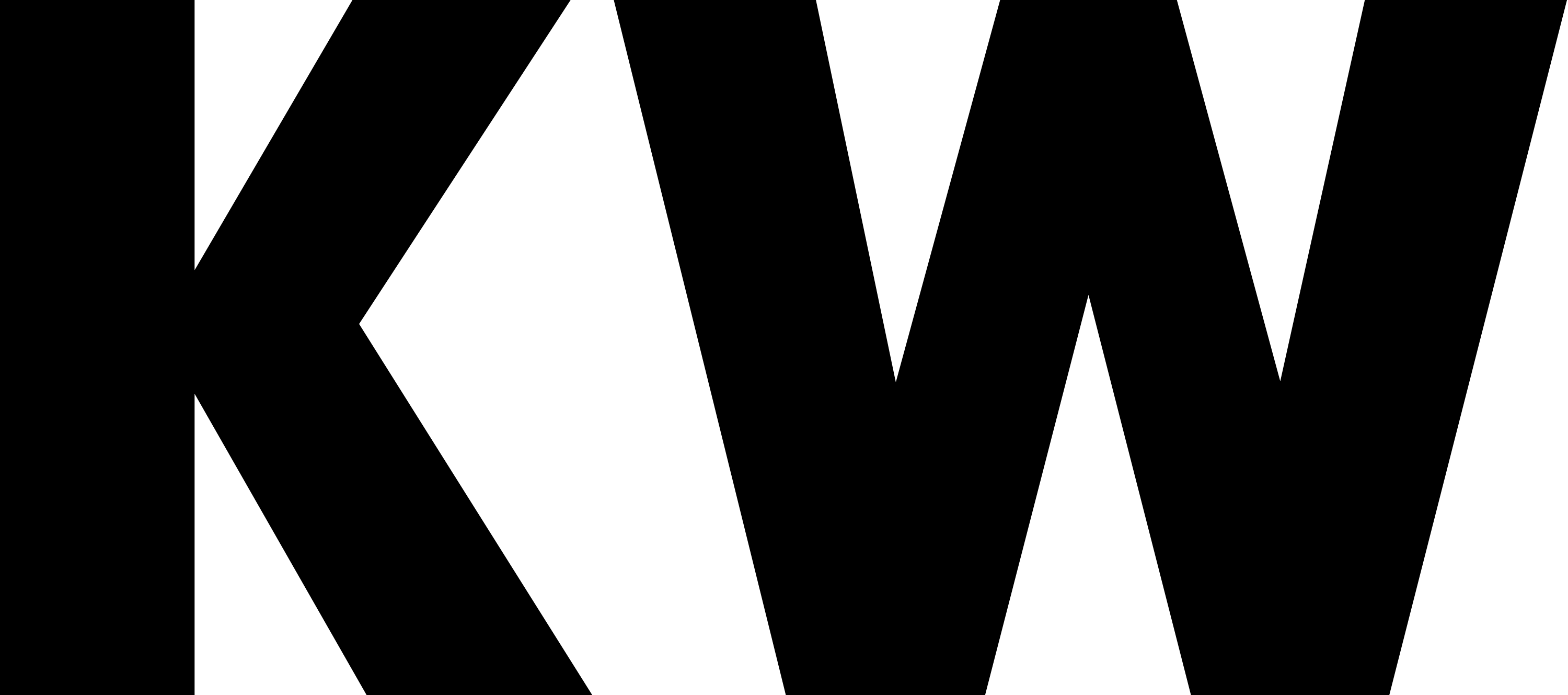ars viva 05/06 – Identität/Identity
Opening: June 24, 2006, 5 - 9 pm
Exhibition of the award winners of the Cultural Committee of German Business within the BDI e.V.
Jason Dodge, Takehito Koganezawa, Michaela Meise, Robin Rhode
In spring 2005 Jason Dodge, Takehito Koganezawa, Michaela Meise and Robin Rhode were awarded the ars viva 05/06 prize for art, dealing with the question of "Identity". After exhibitions in Rostock and Antwerp, KW Institute for Contemporary Art in Berlin shows works by the four artists that have partly been conceptualised for this show.
During the past few years all four artists have moved their life and work to Berlin; the show in their new hometown will focus on the impact that Berlin and its artistic and social contexts have on the creative process. How are personal experiences mixed up with conditions one comes across in the new environment and what impact does the city's specific historical situation have on the artistic work? The exhibition highlights works addressing issues related to cultural and social background, exploring how to define an identity suspended between the Here and the Elsewhere.
Jason Dodge (born 1969 in Newtown, USA)
Jason Dodge's installations often reference other, far-away places, people or events. Some few clues – a title, some scattered objects – is all he needs to evoke an image of distant places and people.
At the centre of Jason Dodge's work for KW is a cage housing five homing pigeons. The pigeons originally belonged to the late Joh de Vries, a pigeon breeder who trained them to find their way back to his home in Merkelbeek from distances of up to two thousand kilometres. After Joh de Vries died, his house and loft were sold. The pigeons were given to a friend. Since homing pigeons can only be trained to home once in their lives, the birds would still, if let out of their cage, find their way back to Merkelbeek, to exact the same location where their home once was.
Dodge's works invariably focus the absent. A small label on the wall, for instance, announces the occasional presence among the gallery viewers of a woman who has participated in expeditions to the North and South Pole. However, since she never lifts her incognito, viewers might be standing next to her at any time without ever knowing. In Dodges works tiny clues open up references to remote locations and give them a presence in the exhibition on a par with the thin scattering of exhibits.
Takehito Koganezawa (born 1974 in Tokyo)
Takehito Koganezawa's drawings combine everyday objects and observations with abstract and sometimes absurd graphical symbols. As if torn from a context that has now disappeared, the solitary items float almost weightlessly in front of a white background. Instead of developing a narration, the drawings leave it to the viewer to make sense of the often opaque impressions they convey.
The non-narrative and quotidian qualities that characterise the drawings recur in Koganezawa's videos: After moving to Berlin, Koganezawa learned what it means to live without one's own language. For him, the things and sounds that feature in his videos speak for themselves. In Dancing in Your Head, different sounds (a lemon being sliced, a bottle being opened) are randomly combined to create a dense fabric of harmony and noise.
As Koganezawa isolates impressions or gestures from the stream of everyday perceptions so as to combine and contrast them with abstract symbols, he carefully avoids suggesting any specific meaning. His aim is, rather, to catch the intangible, ephemeral in-between state suspended between immediacy and remoteness, fiction and reality, waking and dreaming, narrative and abstract signs.
Michaela Meise (born 1976 in Hanau)
At first glance Michaela Meise's idiosyncratic sculptures and wall pieces can be perplexing: The KW exhibition confronts visitors with gigantic and yet fragile sculptures. Though their wobbly legs give them a human look, they resist any pinning down. For Michaela Meise's primary concern is to use her collage-like spatial structures to create a specific, clearly defined atmosphere between the sculptures arranged in space. What seems to refer to nothing at all is revealed as a complex system of references both to the artist's own social and cultural background and to the history inscribed into things and places.
One of the mural works is based on the life of Kate Diehn-Bitt, a little-known artist whose story is closely linked with the history of Berlin. The work consists of a series of photocopies from an exhibition catalogue of 1948, the only one which has been published during the life-time of the artist. The emphatically anarchic and primitive imagery used by the artist Kate Diehn-Bitt led to her works being proscribed both by the Nazis and later also by the East German regime. Her works were for the first time on view in Eastern German galleries in the 80s. In her work Mosaik (2005), Michaela Meise combines typical memorial aesthetics with a small picture that shows her brother, swathed in a green parka, sitting on a sphinx replica. References to the German memorial culture fuse with the search for the influences shaping Meise's own cultural socialisation.
Robin Rhode (born 1976 in Cape Town/South Africa)
Robin Rhode's video and photographic works often take place on squares and streets in the suburbs, also in his home town, Johannesburg. In his interventions the artist interacts with images he draws on walls, developing short stories in which the world of signs fuses with the real world. The drawings often address wishes and fulfilment in the imaginary: for the children in his neighbourhood, he drew the toys they always dreamt of, and which come to life in Rhode's films.
Robin Rhode believes that art has an educational and social function. His works offer a funny and yet sharp commentary on socio-political issues.
Canon (2006) is a new work developed for the KW exhibition. It reflects Rhode's reaction to the conflicts seething under the surface of suburban life. While these erupted in Paris, they remain bottled up in districts like Berlin-Mitte. In his new film Rhode seeks to express aggressiveness alternating with a sense of resignation. Like a small boy Rhode invents weapons to carry into battle against an invisible enemy – but the weapons again and again shade off into an abstract sign.
Curator: Katharina Fichtner
The exhibition is documented in an accompanying publication:
ars viva 05/06 – Identität/Identity
Revolver Verlag, Frankfurt
General editor: Cultural Committee of German Business within the BDI e.V.; authors: Elke Buhr, Anselm Franke, Anette Freudenberger, Jens Hoffmann and Catrin Lorch (German/English).
28 x 21 cm, 114 pages, 60 colour illustrations, paperback
ISBN 3-86588-204-8
The exhibition is a joint project by KW Institute for Contemporary Art and the Cultural Committee of German Business within the BDI e.V


